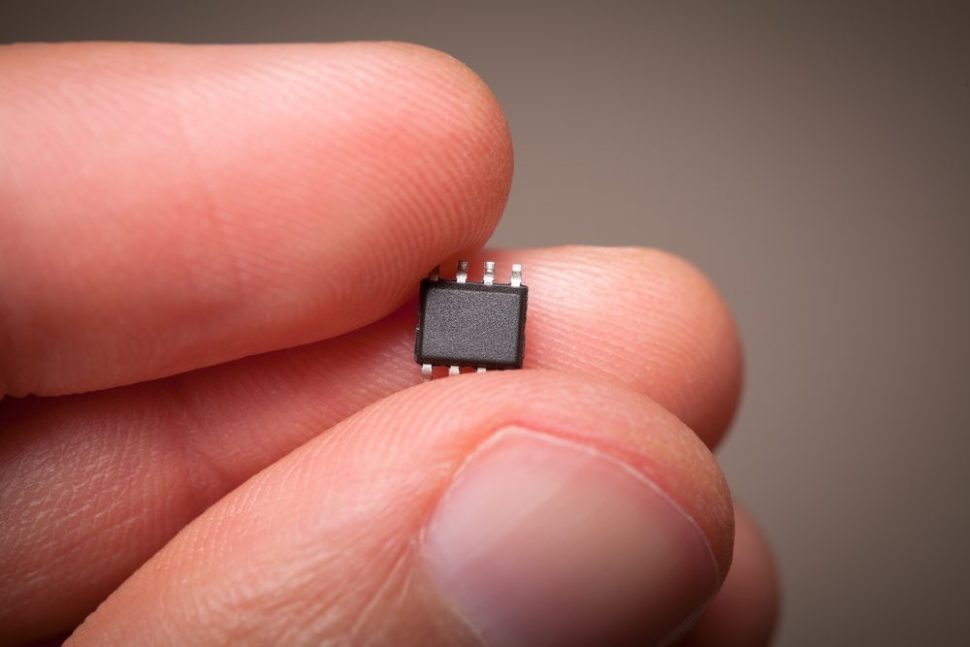Engineers have found a way to make polymer molecules arrange themselves on microchips. With sub-10nm patterns, the new technique would enable circuit elements to get smaller than ever and help modify the validity of Moore’s Law.
If Moore’s Law, which predicts the doubling of microchip density every 24 months, is not yet dead, having held for 50 years, it is coming to an end. Since Gordon Moore formulated it in 1965, there have been gains in transistor density with each generation, in performance, consumption, size and costs. But the mechanics of the law has gradually been faltering due to the continuous miniaturization of circuit wires and components.
MIT just made self-assembling microchips a thing.Click To TweetAccording to a whitepaper, More Moore, published by the IRDS of the technical professional organization IEEE (Institute of Electrical and Electronics Engineers), the end of Moore’s Law will take place in 2030.
Keeping Moore’s Law Going

A team of engineers at MIT and the University of Chicago, have developed a new technique, using directed self-assembling polymers, to make sub-10 nm microchip patterns.
This new technique, a paper on which has been published in Nature Nanotechnology, is a three-stage methodology that comprises common manufacturing techniques, but in a novel way:
- First, using an electron beam (a standard lithographic technique), they write a pattern of lines onto the surface of a chip.
- Then, they lay down BCP, Block CoPolymer, which is a mixture of two polymer materials that spontaneously arrange themselves into predictable patterns.
- Lastly, they heat up the precursors on the surface of the chip so that they evaporate and then condense to form a protective polymer film. The topcoat forces the mix of polymers to self-assemble in BCP film with a dimension of 9.3 nm, directed by the underlying patterns.
Directed Self-Assembly to Push Manufacturing Boundaries
Using conventional manufacturing methods in a novel way means that existing manufacturing plants don’t have to refit themselves to use the new technique. MIT expressed its confidence that the process can be repeated on a mass scale, making it commercially viable.
Components and elements that can self-assemble and spontaneously form into predefined shapes will push the limits of manufacturing, and not only with regards to microchips. Other than semiconductor manufacturers, equipment suppliers, and hard drive manufacturers, this cost-effective technique can be adapted and implemented into various industrial processes.
DSA, or Directed Self-Assembly, leverages the self-assembling properties of materials to reach nanoscale dimensions. DSA enables current nanomanufacturing industries to enhance their capabilities without having to spend billions of dollars to conduct research and build new manufacturing facilities.



















Comments (0)
Least Recent